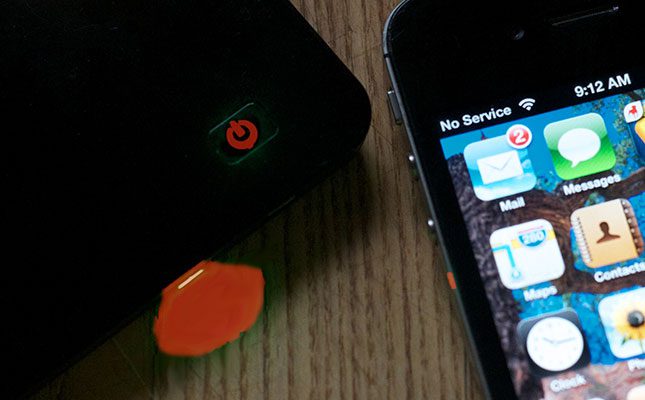
Photo: Supplied
“We have less than eight seconds in which to convince consumers to buy our products,” Glynnis Branthwaite, founder of Protactic Strategic Communications (Protactic), said.
Speaking at the Subtrop Marketing Symposium 2025, held in White River, Mpumalanga, last week, Branthwaite detailed how marketing campaigns have shifted in the past year to keep up with fast-changing consumer trends.
Protactic has been conducting independent market research since 2012 to determine the best course of action for increasing avocado consumption in South Africa.
Noticeable changes during the past year include a shift from using macro social media influencers (those with more than 100 000 followers) to micro influencers (those with between 10 000 and 20 000).
“Micro influencers come with a lower cost, are often prepared to provide more value, and have a niche following. They are also likely to give their own take on how to use a product, providing a more personal message,” Branthwaite explained.
A key change in social media metrics this year has been to focus on engagement rather than reach.
“A high number of followers doesn’t necessarily translate into high engagement. The reach could be high, but this means users could have seen the post for a split second before moving on.
“A more important metric is engagement, since it means the user has liked or saved the post, and the message has a higher chance of resonating,” she added.
While videos have become more popular than static posts on social media, Branthwaite said the average watch time was between eight and 10 seconds. This meant videos needed to be created in a way that conveyed the key message within eight seconds.
Other notable changes in consumer behaviour include QR codes losing impact, as consumers are too lazy to scan them. Competitions have also become less effective, with entries dropping in 2025 compared with 2024.
TV and social media consumption has continued to increase this year, while magazine readership has climbed slightly after declining steadily over the past few years.
Branthwaite pointed to research that showed people were exposed to between 4 000 and 10 000 marketing messages per day.
“Consumers are inundated with messages. We need to cut through the noise to get our message out there. Just repeating a slogan to tell consumers to ‘add an avo’ is not enough. We need to explain why avocados are beneficial, so driving conversation around the product is important,” she said.
In this regard, having avocados featured on radio stations like 702 and in competitive cooking TV shows like MasterChef has proven beneficial in driving avocado sales.
Branthwaite noted that while data on which marketing campaigns were effective and which weren’t are valuable, the fast-changing landscape means this information needs to be used with caution.
“Data provides us with a rear-view look at what has worked, but it does not tell us what will work tomorrow. Marketing strategies need to be flexible and adaptable, [with marketers] always looking for new ways to maintain the attention of consumers,” she concluded.












